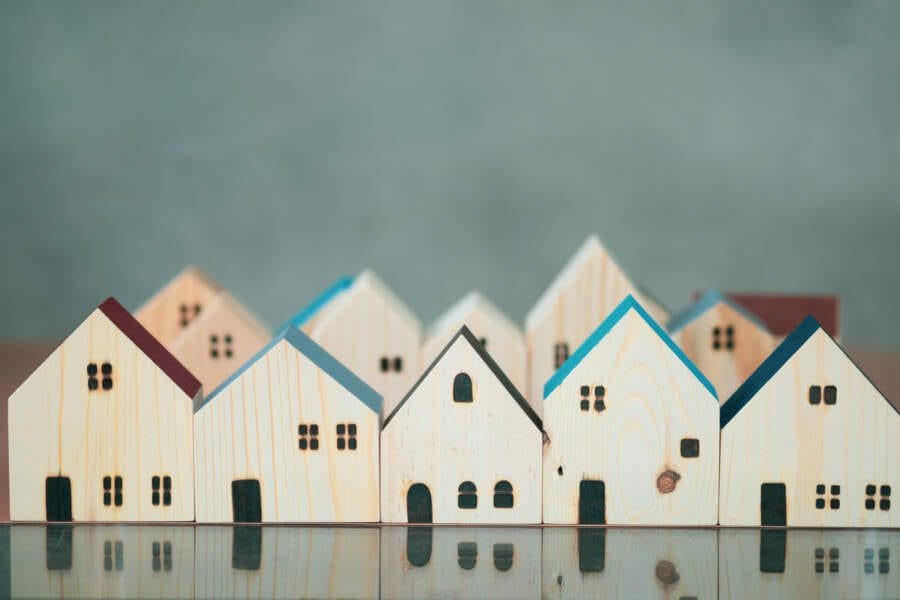
Like many Americans, when Will Seippel started to think about where he might want to live for retirement, Florida was at the top of his list. In 2021 Seippel, the founder of WorthPoint, the world’s largest provider of information about art, antiques and collectibles, bought a house in Cape Coral, Florida. When Hurricane Ian reached Florida on September 28, his new house was left standing — but waterlogged.
“We hadn’t had a hurricane down there of any severity for 100 years,” says Seippel. “And lo and behold, the second hurricane season I’m down there, a hurricane comes, and the storm’s center is where I live. We had eight and a half hours of 100 mph-plus wind.”
The house remained intact, but wind and water saturated the walls, causing mold. The resulting damage will require the home to be gutted and rebuilt.
Seippel isn’t alone. According to FEMA, 40% of Americans live in a disaster zone or state. Add to this the fact that 80% of Americans file insurance claims caused by weather, to the tune of $152 billion a year.
As for the possessions in the house, Seippel says it’s ironic that he owns a company with a database “vault” that allows users to capture the items they own with images and text as evidence for insurance.
“There are a few ways to lose your stuff in a natural disaster. They can be stolen, they can be washed out with the storm, or they can have water damage. If the water damage is not taken care of, mold can set in,” says Seippel.
Seippel has hundreds of collectibles, art and other possessions that were damaged in the storm. “I’m glad I had a photo of them and description in the vault, as concrete evidence for the insurance,” says Seippel.
Seippel offers his steps for preparing your house and the stuff in it in case disaster strikes.
According to Seippel, the steps include:
Step One: Do a walkthrough and create an inventory. Inventory your possessions by going through every closet, drawer, shed and garage. List each item, including clothing, accessories, electronics, appliances, furniture, decorations, linens, artwork, hobby items, collectibles and heirlooms.
Step Two: Take photos and add notes. Once your list is made, go back over the items, take a picture of each article or group of objects, and any relevant notes, including
make, model, serial number and dollar value if you know it. List the store and year purchased.
Step Three: Gather your documents. For larger purchases such as furniture, appliances, jewelry, art and collectibles, scan the documents and save them to a specific folder on your computer.
Step Four: Record a video. Go through and take a video of everything as further proof of your ownership and its condition.
Step Five: Compare your list to your current insurance policy and work with your agent to make sure you have the type of insurance and enough coverage for what you own in the event of a disaster.
Step Six: Update your inventory. As you acquire new possessions, be sure to update your inventory record.


